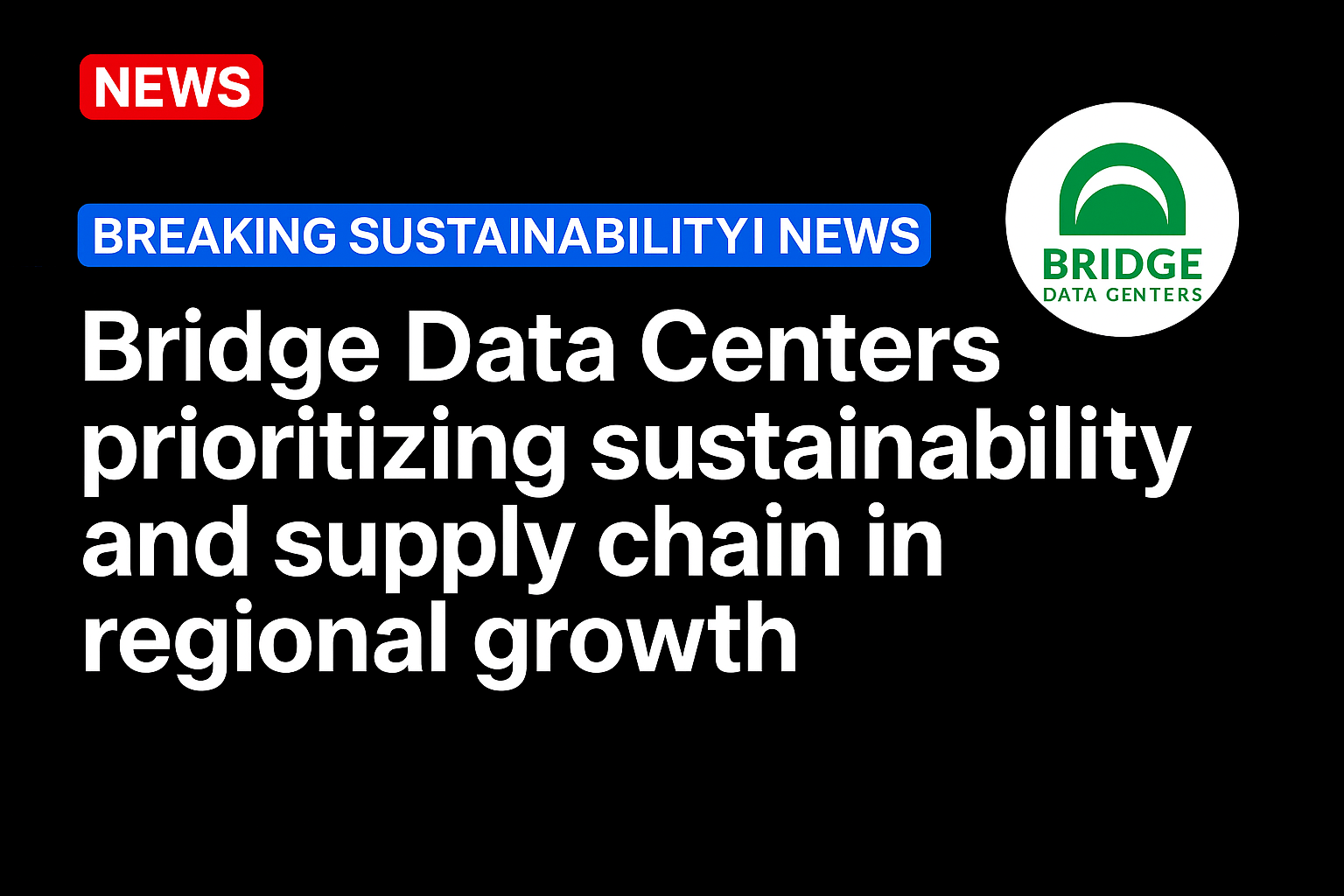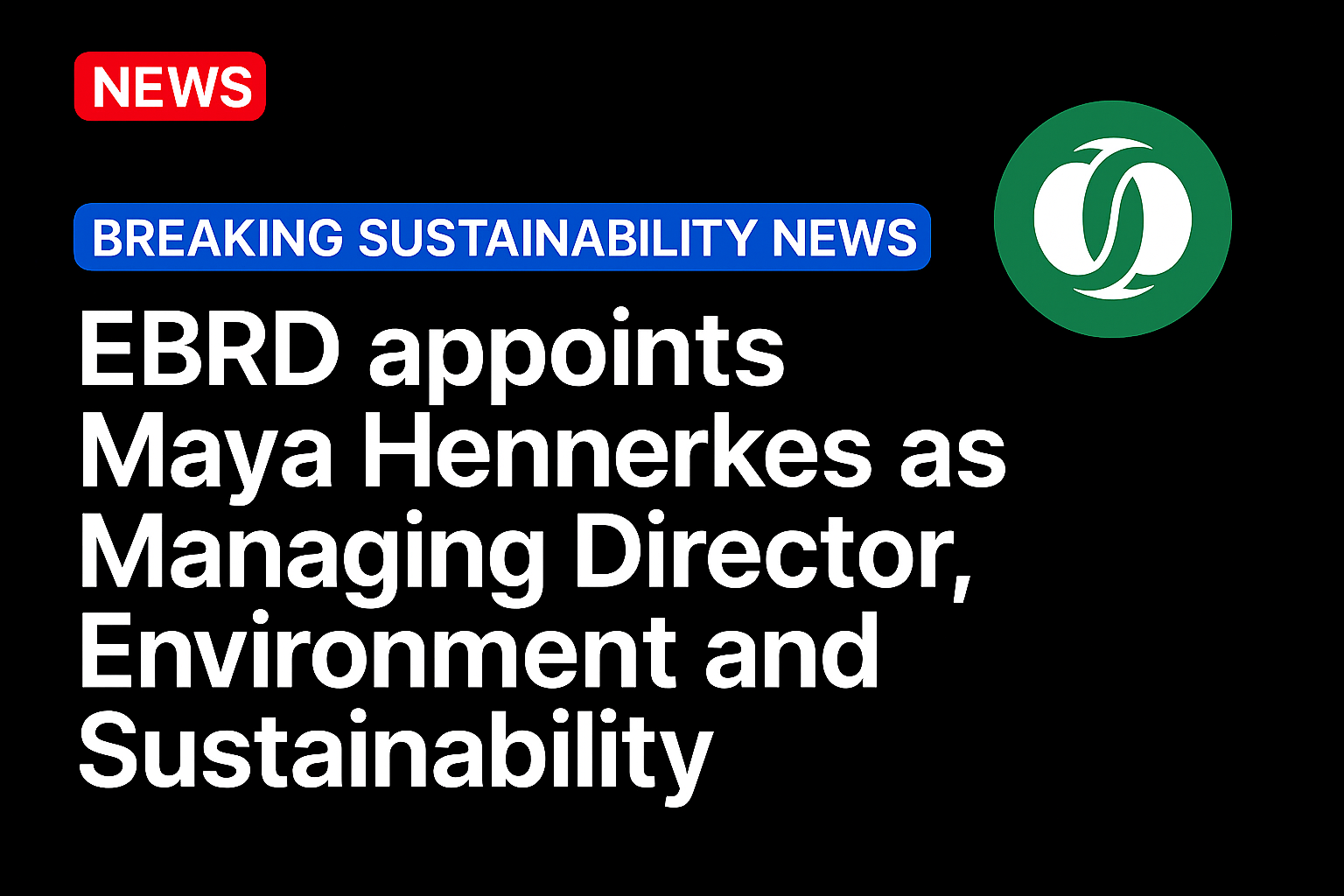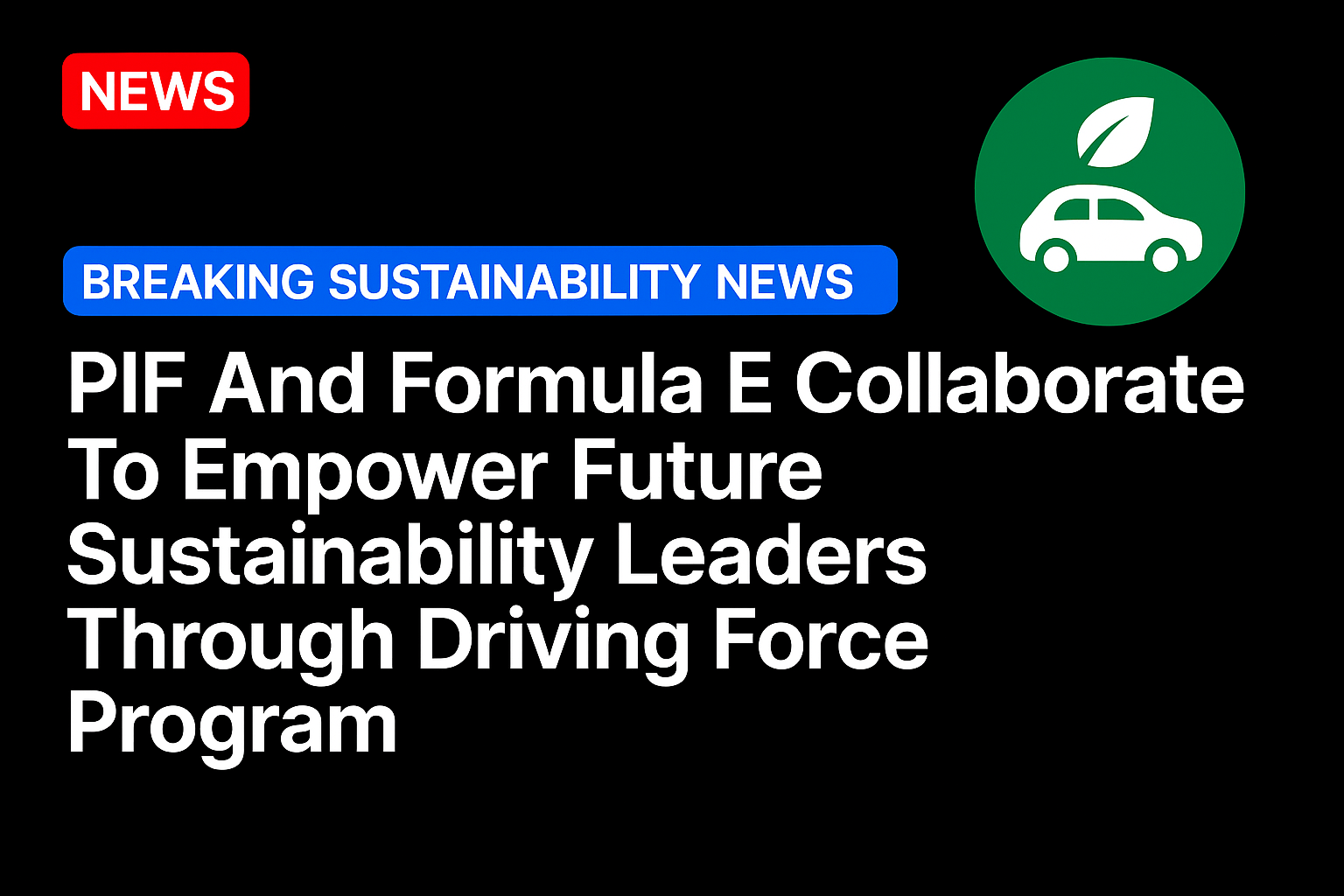Earlier this year, Bridge Data Centers secured US$2.8 billion in senior secured bank financing to fuel its data center expansion, marking one of the largest-ever bank facilities for pan-Asian data center operators. The data center company, which is backed by Bain Capital, recorded unprecedented growth in Southeast Asia, with new data center campuses to be built in the region.
In a conversation with CRN Asia during Singapore Tech Week 2025, Eric Fan, CEO of Bridge Data Centers shared that with the financing, the focus is now on continuing to rapidly grow in the region.
“Our home market in South Asia is going to grow significantly, looking at the gigawatt pipelines we have already created in this region. But then we are also in the journey to expand our presence into new countries like Japan, Australia, Korea, Middle East. As we are more APAC-centric, Bridge Data Centers will grow into countries with our presence and serve our diversified customer portfolios throughout the entire region,” said Fan.
For Fan, as AI continues to drive the demand of data centers in the region, it’s important to ensure the new data centers that are being built are not only able to support the demand but also do so sustainably.
What follows is more of CRN Asia’s interview with Fan, whereby he discusses how Bridge Data Centers is meeting the sustainability requirements in the development of new data centers as well as how they are staying on top of the supply chain to ensure minimal disruption in the development of new data centers in the region.
How is Bridge Data Centers meeting sustainability requirements in the development of new data centers?
Sustainability is a key mission for Bridge Data Centers. We are committed and we are very much engaged in sustainability topics.
We are key members of the IE100 Foundations. We are actually the first data center player to get the green mark in data center certificates in this region. We invest a lot to develop resources on sustainability matters. To be more specific, some of the key metrics we have in terms of sustainability are in the PoE, power efficiency.
In the tropical areas we operate, we landed at roughly 1.2 PoE, which is a remarkable standard, as the industry is more around 1.4 to 1.5. This is largely contributed by our in-house proprietary cooling technologies and design capabilities that allow us to reach that kind of PoE level.
Our WE or water efficiency level is around 1.5 to 1.6, which is also a pretty high standard in the industry. From performance-wise, we are in the leading position on sustainability indicators. Everybody knows water is becoming more notable concerns in the industry, particularly in countries like Malaysia and also in Thailand, for example.
So being a leading player in the industry in these countries, we are pioneering also on a lot of initiatives. One of the major projects, MIO7 in Malaysia, we are the first data center player to massively adopt the recycle for the municipal wastewater for the application of data center cooling usage. So, in a sense, we are not really competing with the water usage with the local residents.
The entire campus of the MIO7 is going to be supported by recycled water. We actually built the entire water recycling treatment plant inside our campus. So, all the water comes from municipal wastewater, to be recycled with the latest technologies we have developed.
We’re actually making the same efforts in new countries. We get into like Thailand and the over 100 megawatts of campus is going to be supported by the recycled water as well, coming from the river. So basically, we are not competing the water resource with the local communities.
And also, I would say power wise, we’re working with our client together on the green power supporting our data center. One of the major campuses we have in Malaysia, more than half of that power is actually coming from the renewable solar powers.
Is nuclear data center an energy option for the region?
There are a lot of things going on right now on this topic especially in United States. We believe that technology is still a little bit premature at this stage. But we are following this track very closely in the industry dynamics.
We believe it’s most likely going to happen in the US or in part of the European countries first. And I think in Asia, we’re also following this trend. But that is also linked with government regulations and the push from the local governments. I believe in the countries that we are operating in, we also have engaged with the top officials from the governments. They’re also monitoring this trend very closely.
So, we’ll be synchronized on this trend also to see when these small, medium, nuclear stations can be ready for the application of a data center. It definitely will be also the pioneer in that track as well.
But I think at this moment, we still see it’s a bit premature. It’s probably a path that could come five or six years later.
Apart from energy and water, how is Bridge Data Center dealing with the challenges in its supply chain?
I think the industry is kind of constrained by supply chain factors. Because with the AI drive, all the customers want fast delivery and quick capacity online to serve their needs.
I think we are sort of uniquely positioned in this value chain. In the sense, we actually possess large in-house design and supply management capabilities. So unlike some other peers that are more on the investment approach, they also allow this design supply chain management to the outside bodies.
We have our end-to-end internal teams managing these systems and that actually allow us to really cherry pick the best solutions in our designs, linking with the supply chain capabilities. Because to ensure fast delivery, quick lead time, you have to know the industry inside out.
Which are the categories of these supplies? Which is the brands of supplies that can ensure your fast delivery? And so, your design has to go along with your supply chain understanding. You cannot design one thing, then later on you find out what’s happening in the supply chain doesn’t match your design lead time. That’s a strong advantage we have in having these in-house capabilities to manage the design and supply chain.
We also have very strong capabilities linked with the China supply chain, where they have a massive capacity to produce all the necessary components and equipment. And with our knowledge of designs, we’ll be able to actually modulize a lot of stuff within our China supply chain partners and be able to serve across the space of the different region.
So that allows us to win the edge of the time against our competitors on the markets to ensure that we are actually not constrained by supply chain bottlenecks.
And this is where your supply chain partner network comes in. How is Bridge Data Center working with partners in the development of data centers?
The industry has to be a co-development, co-innovation approach. So, supply chain partners, in a certain sense, are not only suppliers, but they are also your co-innovation partners.
The industry is moving into a late stage of converting from air-cooled solutions to liquid-cooled solutions. So, data center players alone cannot manufacture or develop the whole end-to-end solutions. It has to work with the ecosystem to really capture this wave of the the cooling advancements to the latest high-density AI technologies.
So, we have an abundant long-term partnership within the ecosystems, not only with the supplies, but also the design of house partners in the network. This also includes server manufacturers like Supermicro, who are one of our partners in this ecosystem.
We’ll be able to develop entire total solutions with the latest cooling technologies from end-to-end together with our partners in this space. We also engage our customers very closely because they are the key stakeholders in the entire value chain.
So, it’s really the customers, partners, server partners, supply chain partners, and the data center. We created this partner ecosystem so that we can serve our customers with the latest technology.
Source: https://www.crnasia.com/




